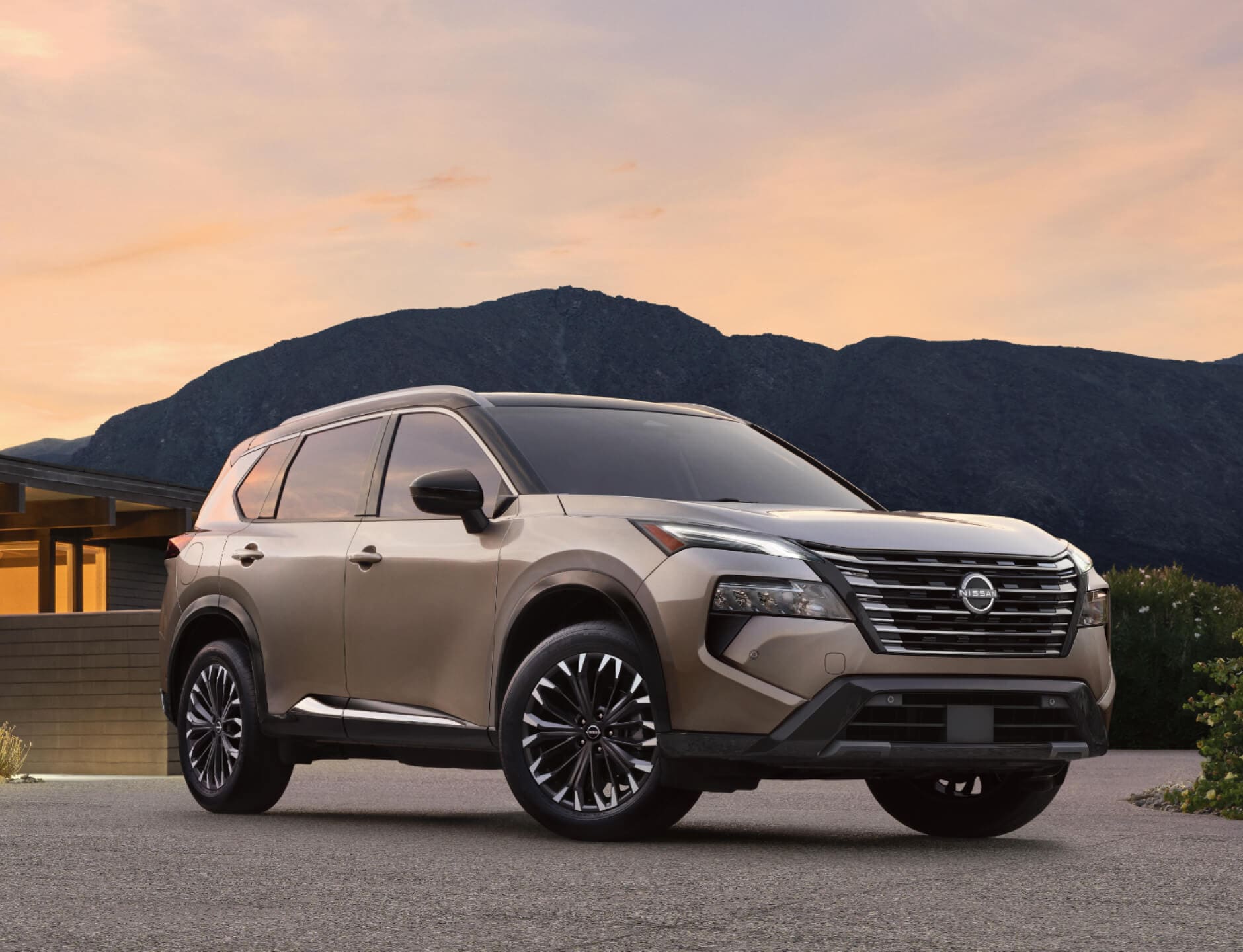Crossovers have taken over modern roads—and for good reason. They offer the high seating of SUVs, the comfort of sedans, and the cargo versatility of wagons.
But not all crossovers are created equal. Some are engineered to take a beating—handling rough roads, heavy cargo, harsh weather, and years of daily abuse without missing a beat.
Others, unfortunately, start falling apart under pressure, spending more time in the shop than out on the highway.
In this guide, we take a close look at both extremes. First, we spotlight five crossovers built to take punishment—the kind that keep running even when used hard for work, family life, off-pavement adventures, or extreme climates.
These vehicles combine durable construction with reliable drivetrains, quality materials, and proven track records.
Then, we switch gears and examine five crossovers that frequently fall short, burdened by fragile parts, poor build quality, or overengineered systems that just don’t hold up.
These are the models that often “cry for help” under routine use—costing owners in repairs, frustration, and downtime.
Whether you’re shopping for a long-hauler or trying to avoid a mechanical nightmare, this comparison will help steer you toward a smarter, more durable crossover choice.
Also Read: 5 Cars With the Cheapest Brake Jobs and 5 With Costly Discs
5 Crossovers Built for Abuse
Some crossovers are built with city commutes in mind—quiet rides, touchscreens, and cushy seats.
But others are engineered for the tougher tasks: enduring bad weather, carrying heavy loads, navigating rough terrain, or surviving years of constant use by families, delivery drivers, or outdoor enthusiasts. These crossovers don’t flinch under pressure—they invite it.
This list focuses on vehicles that go the distance under demanding conditions. Whether it’s long-haul driving, rural routes, gravel trails, or just years of kid chaos and heavy-footed commuting, the crossovers highlighted here are known for staying tough.
They boast reliable powertrains, durable suspensions, and practical designs that favor longevity over gimmicks. These aren’t the flashiest models, but they’re the ones people come back to again and again because they work—and keep working.
We looked at owner reports, long-term reliability scores, off-road capabilities (where relevant), and repair frequency to identify the true workhorses of the crossover world. The result? A list of five crossovers you can confidently beat up—because they were built to handle it.
From rugged Subarus that brave the wilderness to Hondas that rack up hundreds of thousands of miles, these vehicles are the ones you can count on. They’re not just capable—they’re battle-tested.
If you need a crossover that won’t buckle under the pressure of hard use and real-world abuse, the following five models should be at the top of your list.
1. Subaru Outback
The Subaru Outback may not scream “tough,” but don’t let its station wagon styling fool you. Underneath, this is one of the most durable, abuse-ready crossovers on the market.
It has earned a cult following among outdoor adventurers, rural commuters, and snowbelt drivers—not because it’s flashy, but because it’s relentlessly dependable, even when the conditions aren’t.
At the heart of the Outback’s capability is Subaru’s Symmetrical All-Wheel Drive, a full-time AWD system that provides exceptional traction on snow, dirt, gravel, and rain-slicked roads.
Unlike part-time or slip-then-grip systems in rival crossovers, Subaru’s setup is always engaged, giving the driver constant control.
Paired with generous ground clearance (8.7 inches on most trims), the Outback handles light off-roading, unpaved trails, and deep snow with ease.
Mechanically, the Outback is equally robust. Its 2.5-liter four-cylinder Boxer engine is known for long life and low-stress operation.
While turbocharged versions are available, the naturally aspirated engine is preferred by those who prioritize simplicity and longevity.
Transmission reliability has improved significantly in recent generations, especially post-2015 models, with newer CVTs proving far more durable than early iterations.
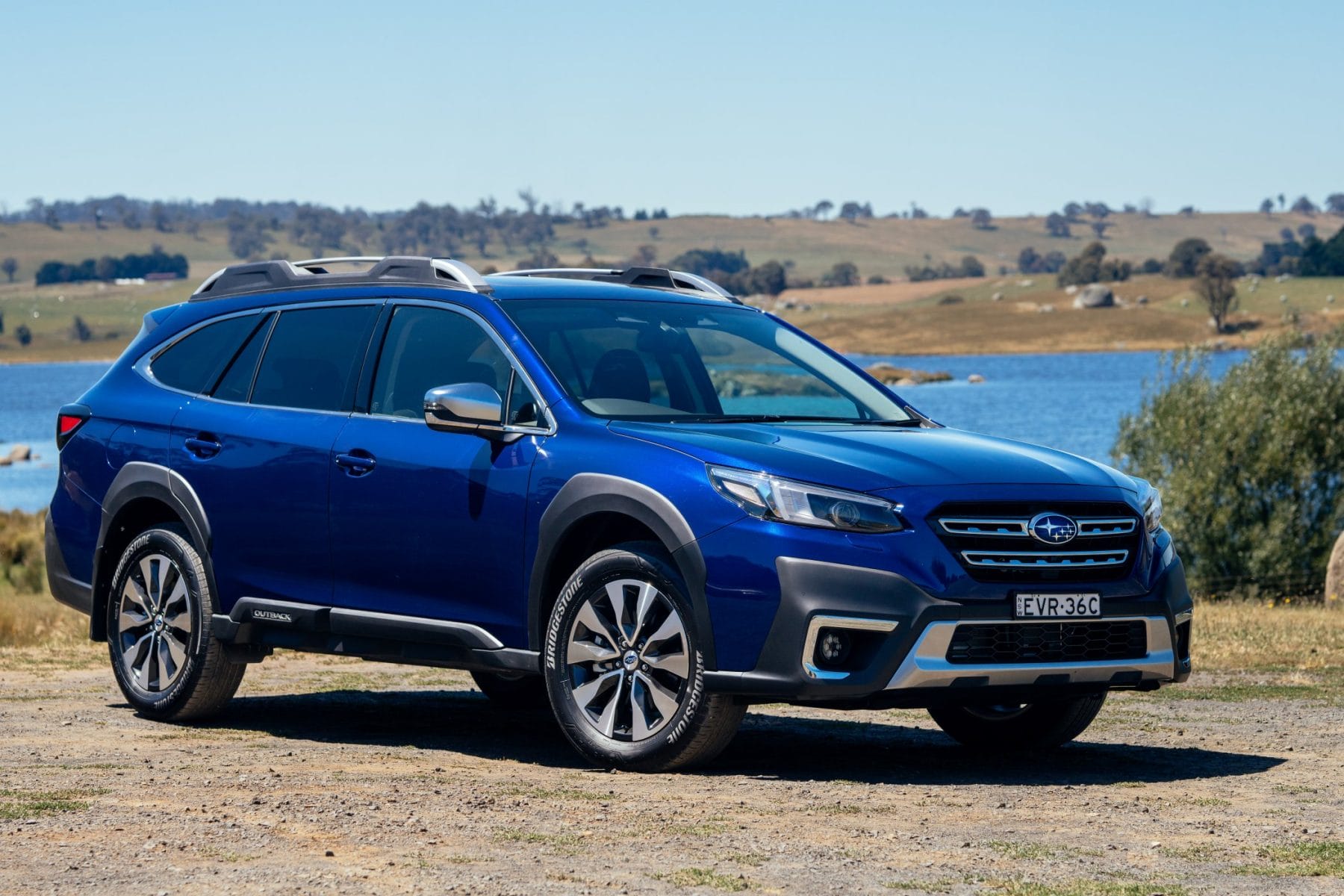
The Outback also earns praise for its interior build quality. Materials are designed to endure dirt, pets, and weather—ideal for people who use their crossover like a utility vehicle.
The cargo area is large, wide, and easy to load, while roof rails with integrated crossbars add serious utility for carrying bikes, kayaks, or extra gear.
Maintenance is straightforward, and Subaru’s large enthusiast community and strong aftermarket support make ownership even easier.
While some rivals may offer more luxury or speed, few match the Outback’s reputation for reliably enduring harsh use over the long haul.
Whether you’re a weekend adventurer or a rural commuter facing brutal winters, the Subaru Outback won’t just survive abuse—it expects it.
2. Honda CR-V
Few vehicles are as synonymous with long-term reliability as the Honda CR-V. While it may not look like a rugged beast, the CR-V is a crossover that quietly handles years of hard use—daily commutes, heavy mileage, family chaos, and brutal climates—without missing a beat. For two decades, it’s been the go-to for people who need a vehicle that just keeps working.
What makes the CR-V so abuse-ready is its bulletproof engineering. The 2.4-liter and 1.5-liter turbocharged four-cylinder engines have proven to be exceptionally durable when properly maintained.
The older naturally aspirated 2.4L versions are especially renowned for their simplicity and low failure rates. While early turbo engines had some teething issues, especially with oil dilution in cold climates, Honda addressed these concerns in later models.
Transmission reliability is another standout. The CVTs in recent CR-Vs, though often a red flag in lesser vehicles, are well-calibrated and robust. Even with daily stop-and-go traffic or steep grades, the CR-V’s drivetrain remains smooth and trouble-free for the long haul.
The CR-V’s real-world abuse tolerance also shines through in its interior and layout. The cabin is built with wear-resistant materials, easy-to-clean surfaces, and smart ergonomics. Seats stay supportive over time, buttons rarely fail, and electronics are intuitive and less glitch-prone than many newer competitors.
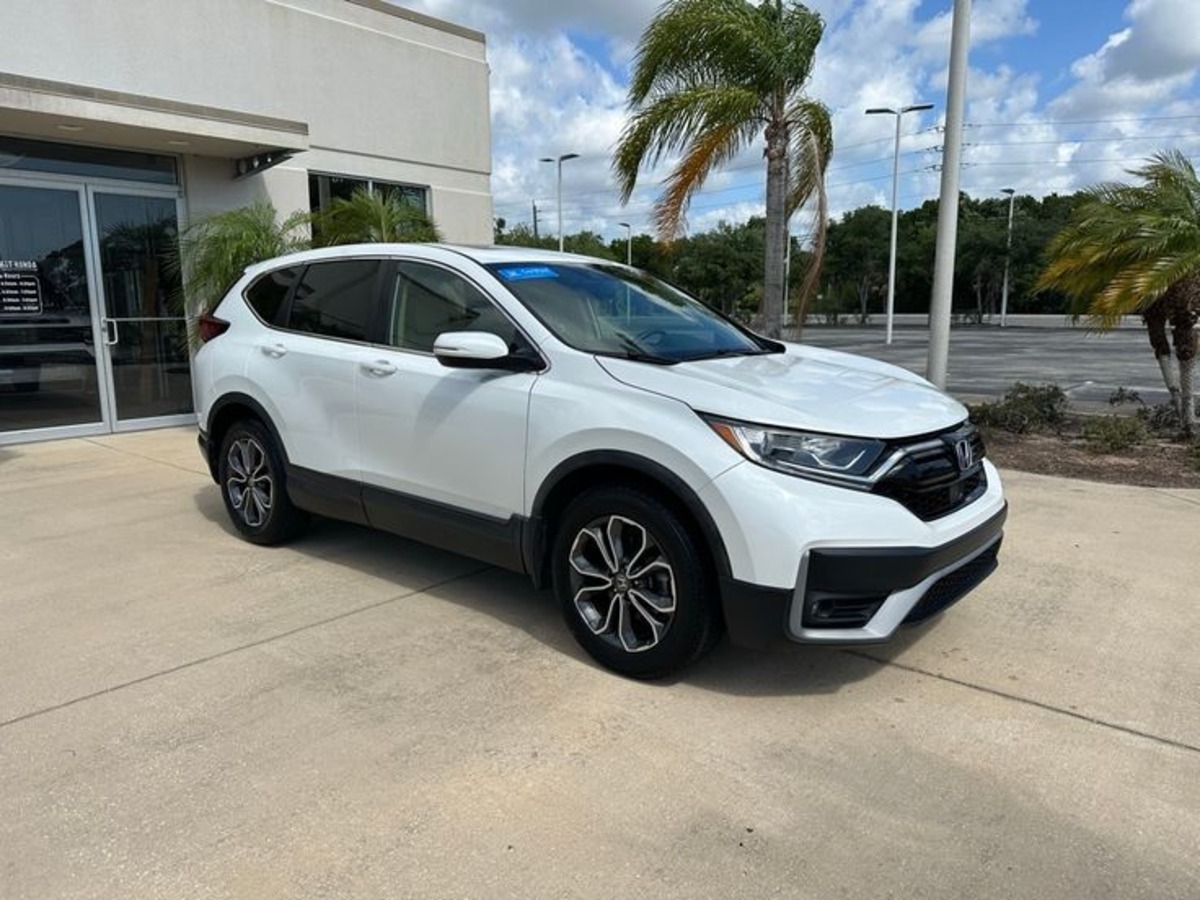
Owners regularly report 200,000+ miles with minimal repairs, and many CR-Vs live full lives doing hard labor as rideshares, delivery vehicles, or family haulers.
The suspension setup isn’t sporty, but it’s tuned for durability—handling potholes, curb hits, and bad roads with resilience. All-wheel-drive models offer confident performance in rain, snow, and light off-roading.
Factor in low maintenance costs, high resale value, and Honda’s vast service network, and the CR-V clearly earns its reputation.
It may not be loud or flashy, but it’s one of the toughest crossovers you can buy, and it will quietly handle whatever you throw at it—year after year.
3. Toyota RAV4
The Toyota RAV4 is one of the best-selling crossovers in the world, and that’s no accident. Known for its legendary dependability and low cost of ownership, the RAV4 has proven it can take years of punishment without becoming a money pit.
From construction site commutes to family road trips in subzero winters, the RAV4 is a machine built to endure real-world stress.
What powers this durability is Toyota’s no-nonsense engineering. The 2.5-liter naturally aspirated four-cylinder engine found in most RAV4s is among the most dependable in its class, often running past 250,000 miles with little more than basic maintenance.
It doesn’t rely on turbocharging or overly complex electronics, which reduces long-term failure points. Even the RAV4 Hybrid, which adds an electric motor system, has gained a solid reputation for reliability and high mileage endurance.
The 8-speed automatic transmission in newer gas models is smooth and durable. Unlike many competitors that use CVTs, Toyota keeps things simple where it matters—resulting in fewer breakdowns and fewer high-cost repairs.
AWD models also benefit from rugged drivetrain components capable of handling snow, gravel, and mild off-roading with ease.
Inside, the RAV4 is built for practical use. Hard plastics are smartly placed where wear and tear happens most, and seating holds up well over years of use.

While not luxurious, the cabin is functional, tough, and free from unnecessary gimmicks. The tech interface is straightforward, minimizing touchscreen failures or glitchy systems that are increasingly common in rivals.
The RAV4 also boasts excellent parts availability and dealer support, so even when issues arise, they’re easy and inexpensive to resolve.
Toyota’s commitment to quality control and proven track record for overengineering their vehicles gives owners peace of mind that this crossover will last through years of heavy use.
If you’re after a crossover that takes a beating and keeps driving like nothing happened, the Toyota RAV4 deserves a spot at the top of your list.
4. Jeep Cherokee (XJ, 1984–2001)
While most modern crossovers lean toward comfort and tech, the Jeep Cherokee XJ remains a gold standard for rugged durability.
Though it hasn’t been in production for decades, it still commands enormous respect in off-road and utility circles as a true abuse-tolerant workhorse.
You’ll still see XJs climbing trails, crawling through snowbanks, or hauling gear in remote areas—because they were built to last.
The XJ Cherokee was ahead of its time, blending the unibody construction of a car with the solid axle strength of a traditional SUV. This made it extremely durable off-road without sacrificing much in the way of ride comfort.
At its core is the legendary 4.0-liter inline-6 engine, one of the most robust and long-lived powerplants ever produced. With minimal care, these engines regularly exceed 300,000 miles.
Paired with a rugged Aisin or Chrysler automatic transmission and optional 4WD with low range, the Cherokee can handle serious abuse—be it deep snow, muddy trails, or steep inclines. Unlike modern soft-roaders with delicate AWD systems, the XJ was built for real-world punishment.
What also makes the Cherokee so endearing is its simplicity. The electronics are basic, the interior is spartan but tough, and repairs are straightforward.
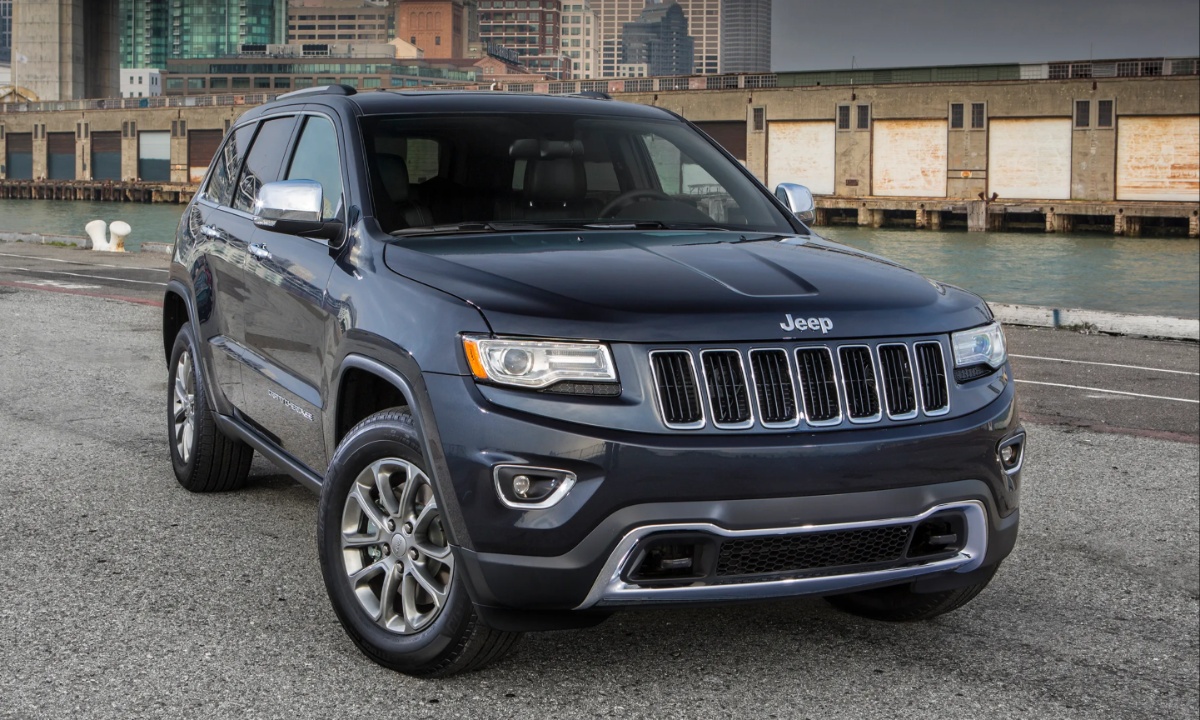
Parts are abundant and cheap, and the aftermarket support is massive. It’s not uncommon for owners to rebuild or modify their Cherokees well into old age without major headaches.
Of course, the XJ lacks the creature comforts and crash safety of newer crossovers, but for those who want a machine that doesn’t complain no matter how hard it’s driven, nothing in the segment has proven more abuse-ready.
If your idea of a crossover includes trail use, remote work, or years of unforgiving conditions, the Jeep Cherokee XJ is a time-tested tank.
5 Crossovers That Constantly Cry for Help
Not every crossover is cut out for the real world. While many models are sold with promises of dependability, versatility, and adventure-ready performance, some simply can’t handle the demands of everyday driving.
These are the crossovers that start to break down early, wear out fast, or frustrate owners with chronic mechanical and electrical problems—even under normal use.
This section focuses on five crossovers that may look attractive on the lot but too often leave their owners stranded, stressed, and spending.
These vehicles may offer appealing features or competitive prices, but dig a little deeper and patterns emerge: weak transmissions, glitchy tech, low-quality materials, poor engineering decisions, or cost-cutting that shows up painfully in real-world use.
Some of these models suffer from early-onset issues—problems that crop up well before 100,000 miles. Others fall victim to poor reliability across multiple systems, from the drivetrain to infotainment to suspension components.
The result? A vehicle that ends up costing more in repairs and downtime than its sticker price ever promised to save.
We’ve compiled this list using owner-reported complaints, reliability rankings from sources like J.D. Power and Consumer Reports, and widespread service trends seen in independent shops. The following five crossovers may work fine at first, but they too often cry for help once the miles add up.
If you’re trying to avoid buyer’s remorse, high repair bills, or the endless cycle of shop visits, this list is your warning sign. These are the crossovers that, while they may catch your eye, often turn into headaches far sooner than expected.
1. GMC Terrain (2010–2017)
The GMC Terrain, especially the first-generation model produced from 2010 to 2017, entered the market as a rugged-looking alternative to more car-like crossovers.
While it offered bold styling and a comfortable cabin, it quickly developed a reputation for mechanical and reliability issues that overshadow its appeal. For many owners, the Terrain has become synonymous with frustrating ownership and frequent shop visits.
The most common and costly problem lies under the hood—specifically with the 2.4-liter Ecotec four-cylinder engine.
This engine is notorious for excessive oil consumption, often leading to low oil levels between changes, engine damage, and even total engine failure if not caught early. GMC issued a service bulletin, but no recall was ever made, leaving many owners responsible for repairs out of pocket.
Transmission troubles are also widespread, with the 6-speed automatic suffering from hard shifting, slipping, and occasional failure. Many owners have reported needing full rebuilds or replacements before the 100,000-mile mark.
Add to this a notoriously glitchy infotainment system, electrical malfunctions like failing power windows and locks, and premature suspension wear, and the Terrain’s reliability score begins to unravel.
Interior components, while initially upscale in appearance, age poorly. Peeling trim, broken center consoles, and malfunctioning seat heaters are common.
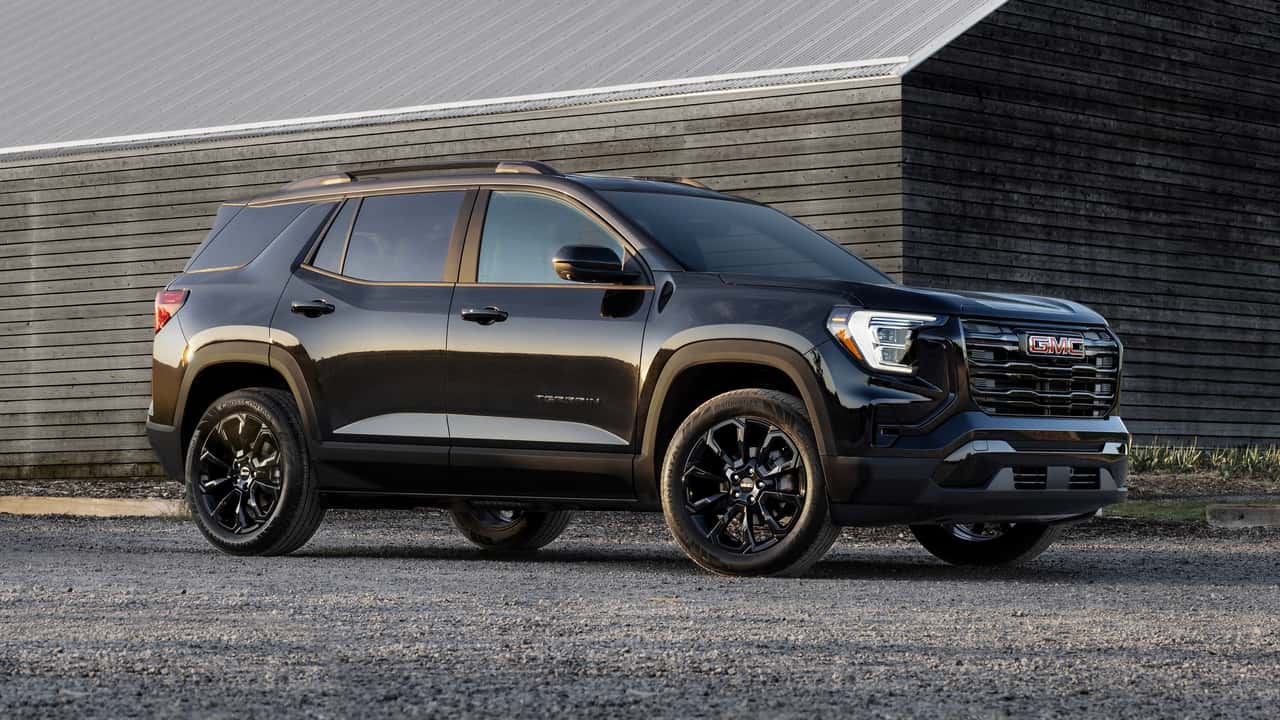
Despite its premium branding and price point, the Terrain simply doesn’t hold up to regular family use or long-term ownership.
The Terrain’s problems were so prevalent that owner forums and reliability surveys frequently flagged it as one of the more troublesome compact SUVs of the decade. While the V6 engine option was more robust, it came at a fuel economy cost and didn’t solve the broader quality concerns.
The first-generation GMC Terrain might look tough, but beneath the surface, it’s a crossover that too often buckles under pressure—earning its spot on the list of models that constantly cry for help.
2. Ford Escape (2013–2019)
The third-generation Ford Escape, launched in 2013, marked a major shift for the nameplate—sportier styling, a more car-like driving experience, and a full embrace of turbocharged EcoBoost engines.
But despite its initial popularity, this version of the Escape quickly gained a reputation for recurring mechanical issues, finicky electronics, and long-term durability concerns.
In many cases, owners found themselves making repeat visits to the mechanic before even hitting six figures on the odometer.
One of the most widespread issues centers around the 1.6-liter and 2.0-liter EcoBoost engines. While both offered impressive performance for their size, they also introduced cooling system problems, head gasket failures, and turbocharger malfunctions.
The 1.6L engine, in particular, was the subject of multiple recalls related to overheating, coolant loss, and—in some cases—engine fires. For a daily driver, those are more than just inconveniences; they’re serious liabilities.
Transmission problems are another common gripe. The 6-speed automatic transmission found in many trims is prone to rough shifts, hard downshifts, and early failure, particularly in high-mileage vehicles. Even with software updates, many Escapes struggle with drivability and gear engagement.
The Escape also battles poor build quality inside the cabin. Door latches, which were part of a widespread Ford recall, can fail unexpectedly.
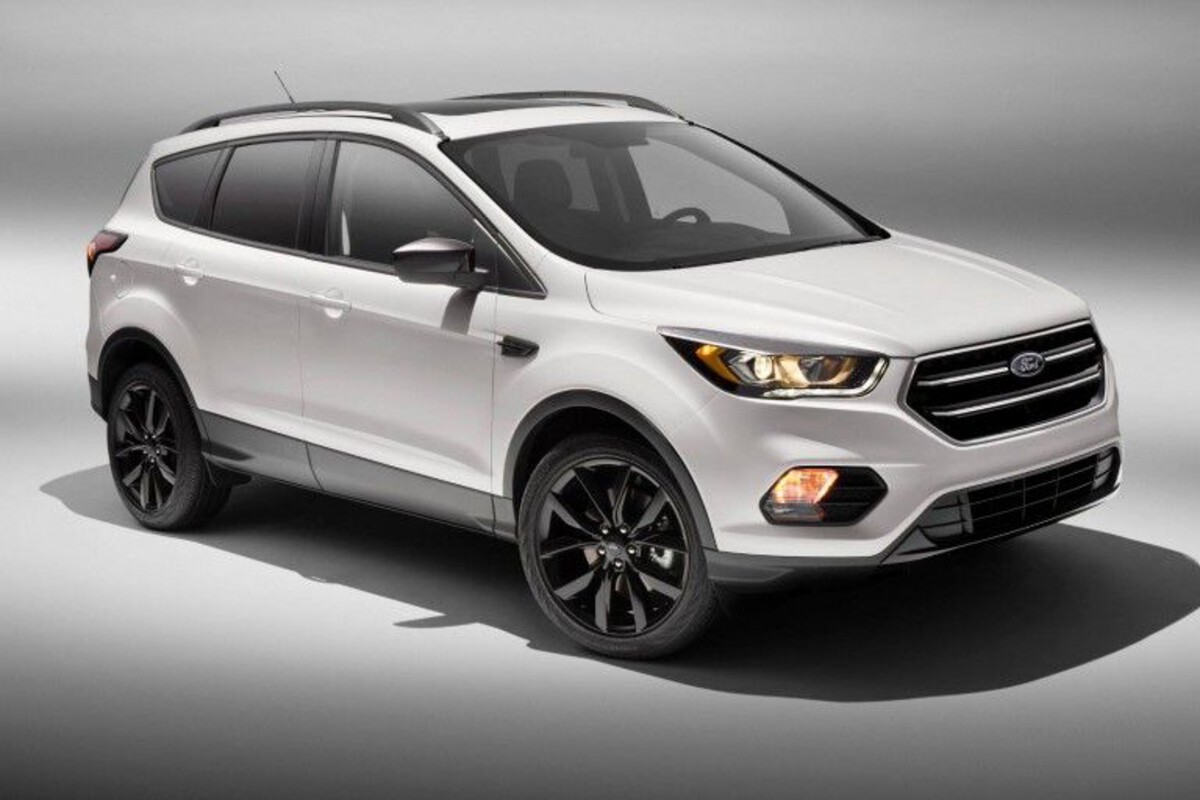
The infotainment system—especially early MyFord Touch iterations—frequently freezes or crashes, and climate control systems have been known to lose calibration or quit working altogether.
While the Escape offered solid handling and a refined driving feel when new, those positives are often outweighed by high repair frequency and unpredictable reliability over time. Repair costs can stack up quickly—especially with repeated engine-related repairs.
Despite strong sales during its run, the 2013–2019 Escape now serves as a warning: complex turbo engines and cost-cutting don’t mix well in long-term use. For many owners, the Escape has been anything but an escape from trouble.
3. Fiat 500X (2016–2022)
The Fiat 500X was launched with high hopes—it was stylish, compact, and shared a platform with the Jeep Renegade. Fiat hoped it would appeal to urban drivers and young buyers looking for a European-flavored crossover.
Instead, the 500X quickly developed a reputation for poor build quality, inconsistent drivability, and constant mechanical gremlins, leading to disappointing sales and widespread owner frustration.
At the center of the 500X’s issues is its powertrain. Early models featured a 2.4-liter Tigershark engine paired with a 9-speed ZF automatic transmission.
The transmission, also used in the Jeep Cherokee, was plagued by rough shifts, gear hunting, hesitation, and frequent reprogramming.
Despite multiple software updates and service bulletins, many owners continued to experience drivability issues—some resulting in full transmission replacements before 60,000 miles.
The electrical system is another problem area. From faulty infotainment units to malfunctioning sensors and power accessories, the 500X seems to struggle with electronics more than many rivals.
Backup cameras stop working, warning lights appear without cause, and intermittent starting issues have also been reported.
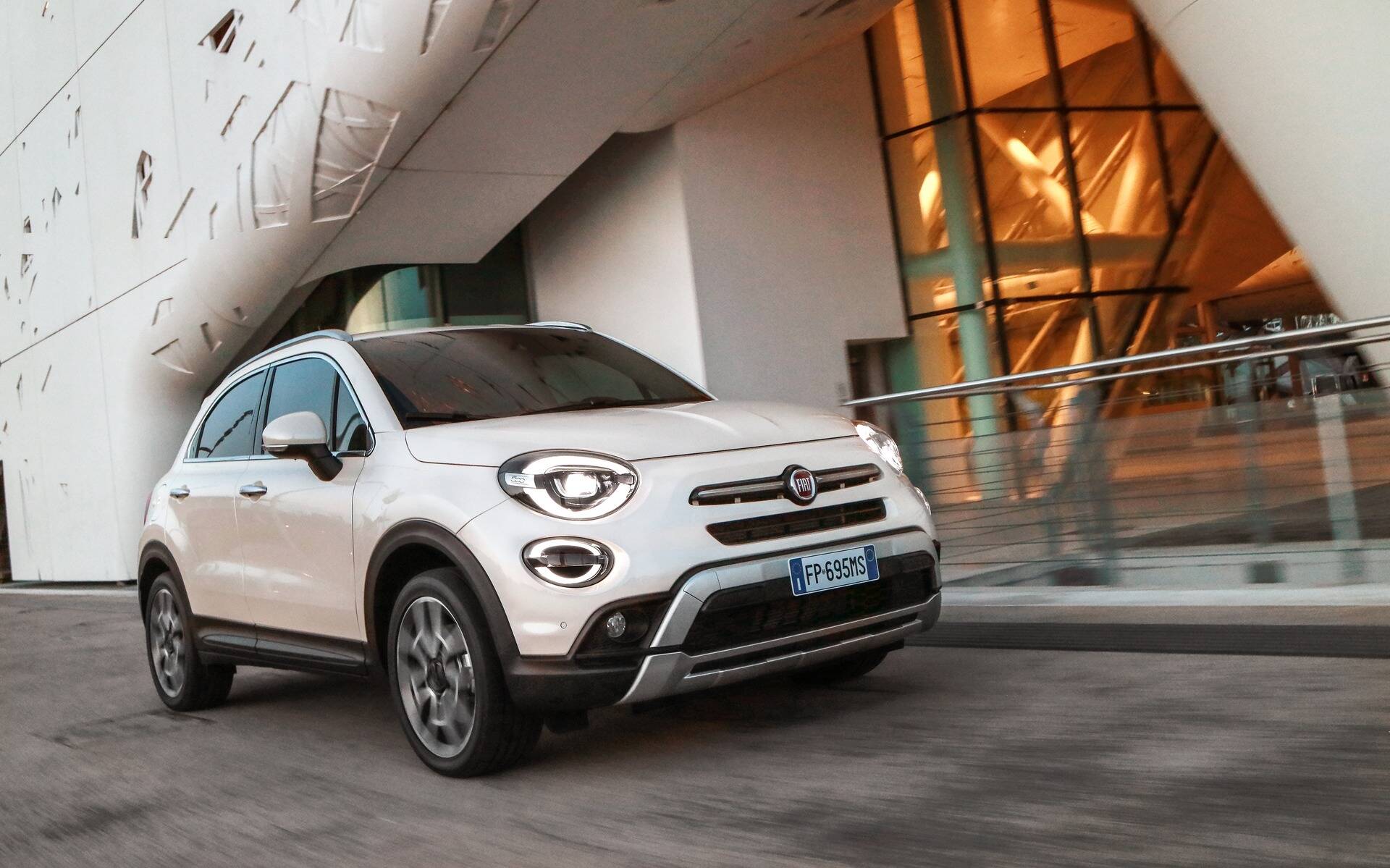
Interior durability is below average. While the design is bold and trendy, materials wear quickly, buttons loosen, and rattles develop early in the vehicle’s life. Rear visibility is limited, and the interior packaging feels tighter than many competitors despite its outward size.
Adding to the frustration is Fiat’s limited dealer network and parts availability in North America. Getting repairs done often requires long wait times for components and finding a dealership qualified—or willing—to diagnose the problems correctly.
Despite its unique styling and city-friendly proportions, the Fiat 500X has proven to be a crossover that demands too much attention for too little return.
Reliability rankings have consistently placed it near the bottom of the segment, and resale value has plummeted as a result. For anyone seeking peace of mind behind the wheel, the 500X is a high-risk proposition.
4. Chevrolet Equinox (2010–2017)
The second-generation Chevrolet Equinox, produced from 2010 to 2017, was positioned as a family-friendly midsize crossover with upscale design and a smooth ride.
But under the surface, this version of the Equinox developed a long list of problems that have left many owners frustrated—and their wallets considerably lighter.
Between engine failures, transmission issues, and subpar interior quality, the Equinox became a vehicle that simply couldn’t take long-term use without a fight.
The biggest source of trouble? The 2.4-liter Ecotec four-cylinder engine. Like its mechanical twin in the GMC Terrain, this engine is infamous for excessive oil consumption.
Many owners found themselves adding a quart of oil every 1,000 miles—or worse—leading to engine damage, stalling, and costly repairs.
GM was hit with lawsuits and issued service bulletins but never launched a full recall, leaving many owners on the hook for out-of-warranty engine replacements.
Transmission problems also surface frequently, particularly rough shifting, gear slipping, and early failure in higher-mileage models. The 6-speed automatic transmission is known to become unresponsive or hesitate, creating safety concerns during merging or hill climbs.
Interior quality doesn’t hold up either. While the Equinox initially feels refined, materials degrade quickly. Common issues include peeling dashboard coatings, broken seat mechanisms, rattling door panels, and finicky electronics.
The infotainment system, especially early iterations of MyLink, suffers from lag, freezing, and compatibility problems.
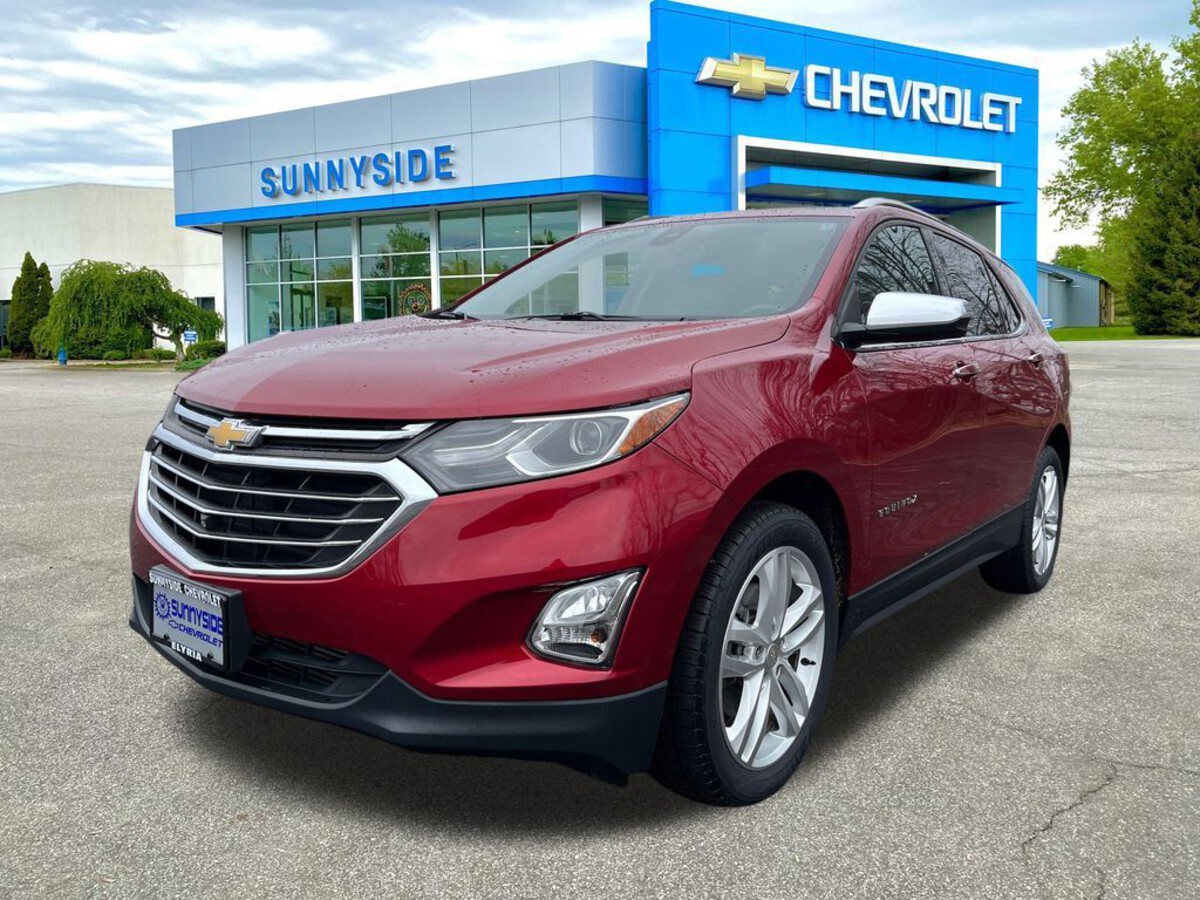
Despite its good looks and wide availability on the used market, the Equinox simply doesn’t hold up when used heavily. Mechanics often report repeat visits from the same owners—and parts and labor costs can quickly exceed the vehicle’s declining value.
By 100,000 miles, many owners find themselves dealing with oil-related engine issues, drivetrain faults, and interior breakdowns all at once.
In short, the second-gen Equinox is a classic example of a crossover that promises more than it can deliver—and ends up calling for help far too often.
5. Nissan Rogue (2014–2020)
The second-generation Nissan Rogue, produced from 2014 to 2020, sold in massive numbers thanks to its spacious cabin, modern styling, and impressive fuel economy.
But while it looked like the ideal family crossover on paper, the reality for many owners turned out to be repetitive mechanical issues, questionable build quality, and a transmission that just couldn’t go the distance.
The biggest problem plaguing the Rogue during this generation is its continuously variable transmission (CVT).
Nissan’s CVTs, especially in the Rogue and Altima, have become infamous for jerking, slipping, overheating, and even complete failure—often before 100,000 miles.
Though Nissan extended its CVT warranty in some cases, many owners have faced expensive out-of-pocket repairs or replacements. The root problem lies in both hardware weaknesses and poor software calibration, creating inconsistent performance and poor durability.
Beyond the CVT, the Rogue suffers from a long list of quality control issues. The interior, while roomy, is full of low-grade plastics that scratch easily, seat cushions that compress quickly, and buttons that break or stop working.
Electrical systems also show their weaknesses, with faulty sensors, intermittent warning lights, and glitchy infotainment interfaces being common complaints.
The 2.5-liter four-cylinder engine is decent, but not particularly refined, and feels underpowered, especially when paired with the sluggish CVT. Fuel economy is solid, but it comes at the cost of real-world responsiveness and reliability.
Owners also report suspension components wearing out early, such as bushings and struts, contributing to clunky rides and increased noise levels. Cabin insulation is minimal, leading to intrusive road and wind noise over time.
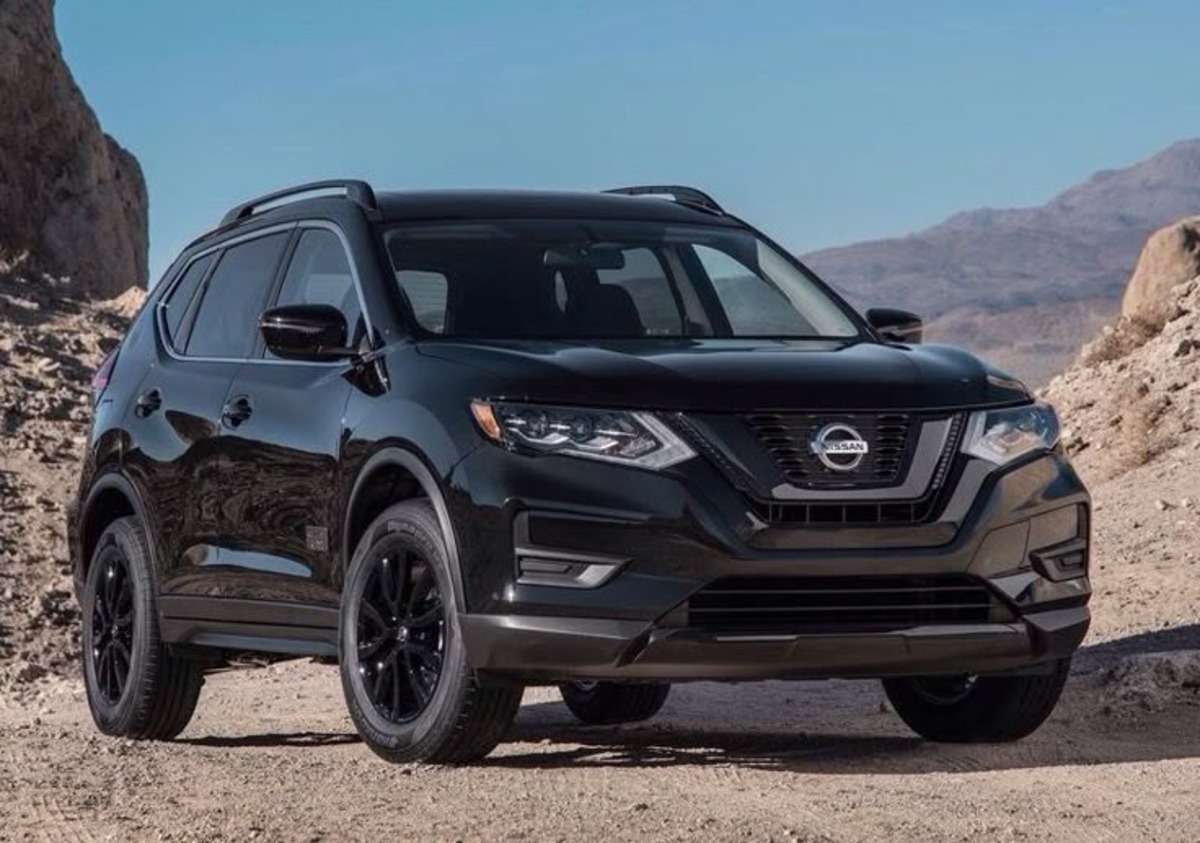
While the Rogue’s sales numbers were high, that doesn’t reflect long-term satisfaction. Many buyers were drawn in by its price and size, but ended up regretting the purchase after repeat trips to the dealership.
For anyone who values longevity and minimal maintenance costs, the second-gen Rogue has unfortunately proven to be a crossover that frequently cries out for help—especially as the miles stack up.
Crossovers are often pitched as the perfect balance between form and function—a practical choice for growing families, busy commuters, and adventure seekers alike. But as we’ve seen, not every crossover lives up to that promise over time.
Some are built like tanks, designed to withstand abuse, mileage, and the unpredictable nature of everyday life. Others, unfortunately, reveal their flaws just a few years in, begging for repairs and wearing down their owners’ patience (and wallets).
On the dependable end, models like the Subaru Outback, Honda CR-V, and Toyota RAV4 have earned their reputations by combining smart engineering with real-world durability. They’re not just efficient—they’re tough.
Add in battle-tested workhorses like the Jeep Cherokee XJ and the underrated Ford Edge, and you have a list of crossovers that are more than just daily drivers. They’re long-distance partners, winter warriors, and road-trip veterans that can take a pounding without blinking.
Contrast that with the models we found constantly crying for help. Vehicles like the Nissan Rogue, Chevy Equinox, Ford Escape, Fiat 500X, and GMC Terrain may look appealing at first glance, but their mechanical and electrical weaknesses often turn into expensive headaches.
From CVT and transmission failures to chronic oil consumption, these crossovers often can’t handle the kind of wear they were built for on paper. Their problems don’t just show up—they pile up.
This comparison highlights a hard truth for car buyers: durability isn’t always obvious from the showroom floor.
Slick tech and bold design can’t compensate for weak powertrains or cheap build quality. Meanwhile, the most dependable models often fly under the radar, earning trust mile by mile rather than through flash.
If your priority is a crossover that will hold up to daily punishment—and keep going strong for years to come—choose wisely.
The difference between a vehicle that works for you and one that works against you is often found not in the brochure, but in the service history.
Also Read: 5 Hybrids With the Best Traction Off-Road and 5 Slipping Behind

